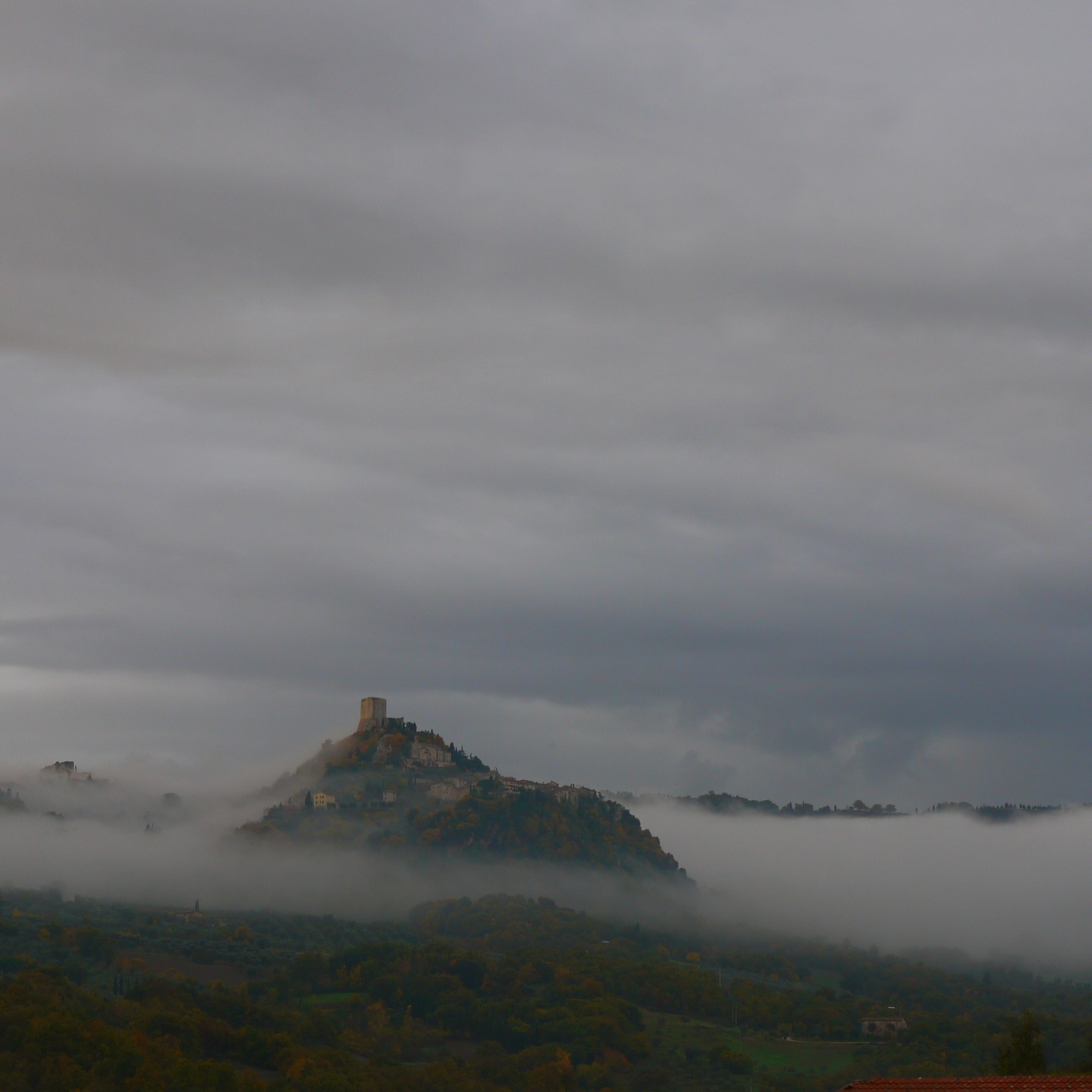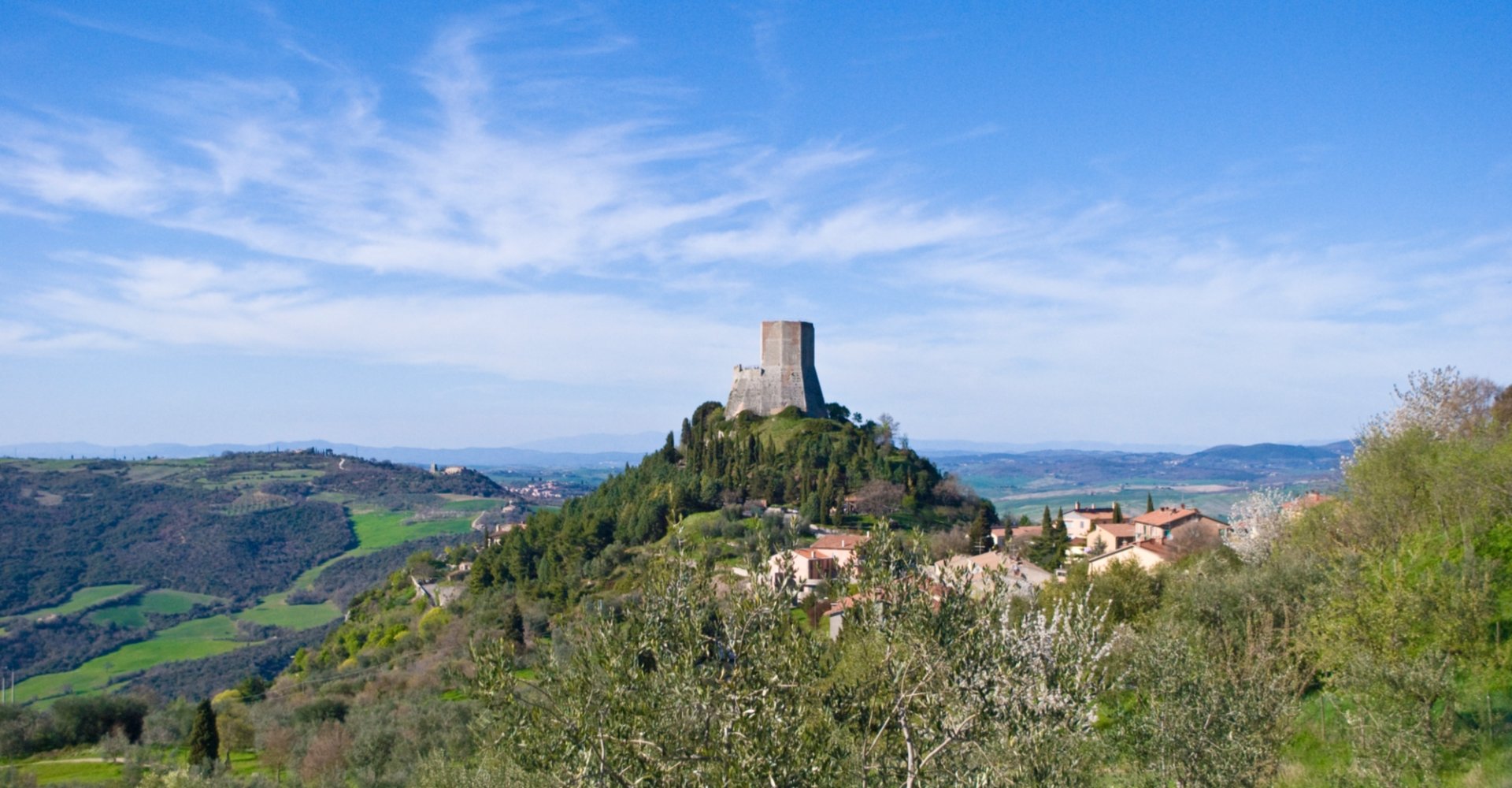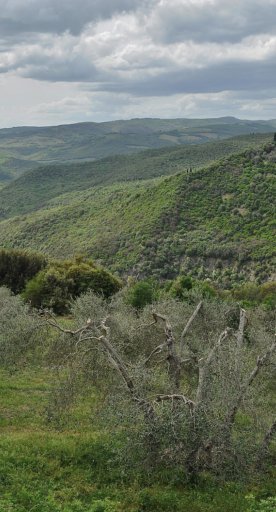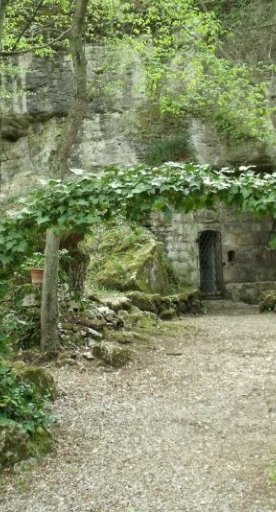Tentennano Fortress
The medieval castle dominates the Val d'Orcia
As far back as 1100, the fortress was known to have been owned by the Ardenga lords, who later became the Counts of Tentennano. In 1170, the family also ruled over Bagno Vignoni, a large portion of San Quirico d’Orcia and other castles throughout the valley.
In 1188, one member of the family, Roland, became the abbot of the powerful Monastery of San Salvatore, and in 1247, Aldobrandino of Tentennano led the troops of the Republic of Siena against Perugia’s army. In 1207, the family issued the Charta Libertatis, which regulated the rights of fortress’s inhabitants. In 1251, the fortress fell into the hands of the Sienese, who destroyed the castle and built a new one in the Val d’Orcia in 1262. The Sienese gave the fortress to Salimbene Salimbeni as collateral for the 20,000 florins he loaned to the Republic so they could pay the victorious army following the Battle of Monteaperti.

The Fortress was permanently given to the Salimbeni family in 1274, which was followed by a period of struggle, resulting in clashes between various Sienese families. In 1380, Catherina of Siena was said to have stayed here while she carried out the secret mission of convincing the Salimbeni to make peace with the city. According to Raimondo da Capua, author of The Life of Catherine, this is where the saint received the gift of writing. The war ended in 1419, when Giovanni Zolla opened the gate at night and brought in the Sienese. Cocco dei Salimbeni took shelter in the tower with a small group of his followers, including his wife and family. One tragic night, in an episode straight out of a Shakespearean tragedy, Cocco successfully resisted every assault launched at him. In the end, however, his subjects gathered together and decided they wanted “to be governed in the same way as others in the district,” and thus swore allegiance to the Republic, forcing Salimbeni to surrender.
The fortress became a stronghold for the Sienese, who used the building to protect themselves during raids carried out by Cesare Borgia, Valentino di Machiavelli (1502) and Fabrizio Maramaus a few years later. In 1553, its inhabitants surrendered to Charles V’s troops without a fight, but they retook the fortress just a few months later. However, this didn’t prevent the Imperialists from regaining the territory, which they did by destroying dozens of houses and setting fire to the castle, ultimately bringing about the fortress’s decline.




